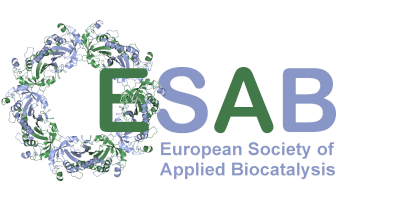Contextualization of Molecular Network Models and their Application to Cancer Biology
Abstract
Mathematical modelling ofmolecular networks allows for the discovery of knowledge at the system level. Therefore, large data sets (omics) need to be integrated with prior knowledge like interaction information or generic metabolic reconstructions into accurate and predictive models.
We have developed computational approaches to contextualize logical models of regulatory networks, as well as genome scale models of metabolic networks with additional (own) biological measurements. These approaches are based on a probabilistic description of rule-based regulatory interactions between the different molecules, respectively linear programming of the constraint based metabolic models. The resulting Matlab toolboxes allow for automatically and efficiently building and contextualizing networks, which includes a pipeline for conducting parameter analysis, knockouts and easy and fast model investigation. The contextualized models then provide qualitative and quantitative information about the network and suggest hypotheses about biological processes.
Applications include the signaling model-guided re-sensitization of melanoma cells, as well as the metabolic model-based drug repositioning for selectively targeting colon cancer.
About the Speaker(s)
 Dr. Thomas Sauter is Professor of Systems Biology and Study Director at the University of Luxembourg. My research focus is on computational systems biology, especially on model-based data integration and analysis of disease-specific networks. I am convinced that the language of mathematics and its methods are an essential necessity in modernbiological research, as they help to extract knowledge from the enormous amounts of data being generated and to consolidate our understanding. A formalization of our biological knowledge will be of tremendous importance for many tailoredtreatments in medicine, similar to what has happened in physics during the last century. One key step is the capacity to integrate many different large-scale data sets into coherent and specific computational models. This key research activity of myself and my team builds the basis for many collaborations with experimentally oriented partners and for applications in drug target identification and drug repositioning.
Dr. Thomas Sauter is Professor of Systems Biology and Study Director at the University of Luxembourg. My research focus is on computational systems biology, especially on model-based data integration and analysis of disease-specific networks. I am convinced that the language of mathematics and its methods are an essential necessity in modernbiological research, as they help to extract knowledge from the enormous amounts of data being generated and to consolidate our understanding. A formalization of our biological knowledge will be of tremendous importance for many tailoredtreatments in medicine, similar to what has happened in physics during the last century. One key step is the capacity to integrate many different large-scale data sets into coherent and specific computational models. This key research activity of myself and my team builds the basis for many collaborations with experimentally oriented partners and for applications in drug target identification and drug repositioning.
